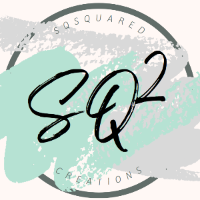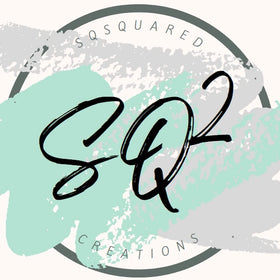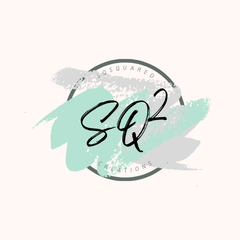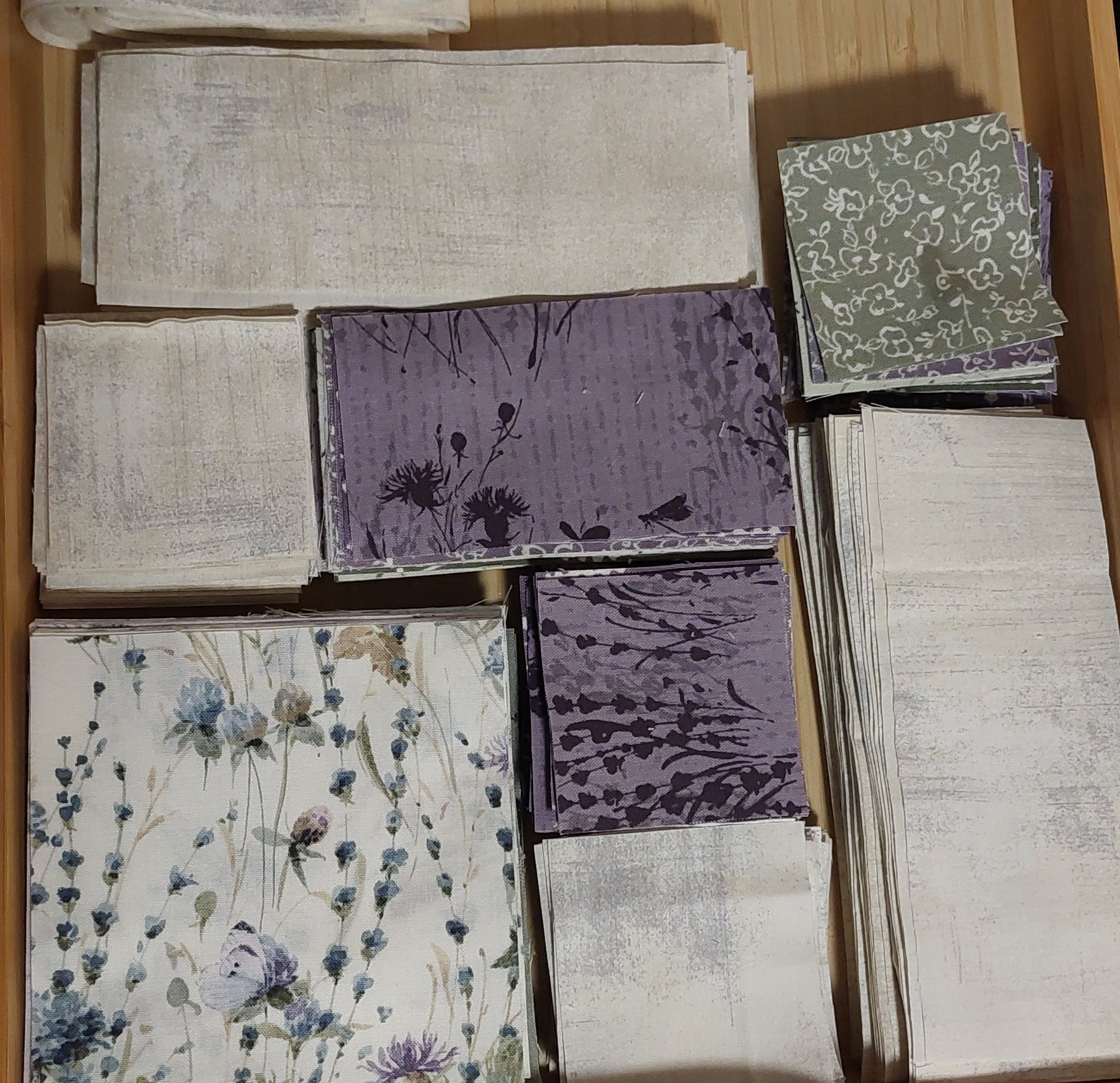This post is part of my “Why Are Quilts So Expensive?” series, where I break down the real costs and work behind each handmade quilt.
- Part 1 – Why Are Quilts So Expensive? A Deeper Look…
- Part 2 – Quilt Pricing: Just How Much Are Materials?
- Part 3 – Quilt Pricing: What About My Time?
- Part 4 – Quilt Pricing: Final Thoughts (you are here)
_______________________________________________________________________________________________
Over the past few weeks, I’ve broken down the real costs of making a quilt — from materials, to labor, to the efficiencies I use to keep prices fair. This last part isn’t just about numbers. It’s about the bigger picture: why I price the way I do, and how I believe we can keep handmade quilts accessible without losing sight of their value.
Quilting is an Art
Learning to quilt takes time, patience, and skill. It’s not something mastered overnight, and reaching a point where people ask about your pricing is an achievement in itself. I’ve seen quilts that truly justify price tags in the $800–$1,200 range — pieces with complex piecing, intricate quilting, and countless hours of work.
But not every quilt needs to cost four figures. Machine-sewn baby quilts, lap quilts, and even many throw quilts can be priced in a way that balances fair compensation with accessibility. I’m not talking about hand-stitched masterpieces — those are in a league of their own — but the beautiful, well-made machine-sewn quilts that many people enjoy using every day.
Why Accessibility Matters
In a world of Walmart, Target, and Amazon, we’ve grown accustomed to fast, inexpensive, mass-produced products. That convenience has made it harder for people to understand the time, skill, and quality behind handmade goods.
If we want people to reconnect with craftsmanship, we have to meet them where they are. If prices are set so high that most buyers instantly walk away, we’re not creating opportunities for them to experience handmade — we’re reinforcing the idea that it’s out of reach.
Balancing Value and Reality
Yes, every craftsperson should be paid fairly for their time and skill. But pricing also has to take the market into account. An item is ultimately worth what someone is willing to pay. That doesn’t mean undervaluing your work — it means being strategic and thoughtful about how we communicate its value.
I think about it the same way I think about trades. Mechanics, carpenters, and electricians all deserve respect for their skills — so do quilters. We can protect that respect while still making our work approachable.
My Approach
For me, quilting isn’t just about selling quilts. It’s about the joy of creating them, the satisfaction of seeing them finished, and the hope that someone who buys one will treasure it for years — maybe even be inspired to try quilting themselves.
That’s why my queen-sized, on-point square quilts will be priced at $400 each. They’re made with 100% cotton fabric, thread, and batting — unlike many mass-produced quilts, which often use polyester. The difference is in the feel, durability, and craftsmanship, and I want my prices to reflect that while still being within reach.
Moving Forward
Handmade items will always be different from mass-produced ones — in quality, in story, and in the personal care that goes into them. By keeping my prices fair and my process transparent, I hope to encourage more people to choose handmade, not just as a product, but as a connection to the person who made it.
Let’s celebrate handmade, share our skills, and invite more people into the world of quilting — one stitch at a time.




Leave a comment